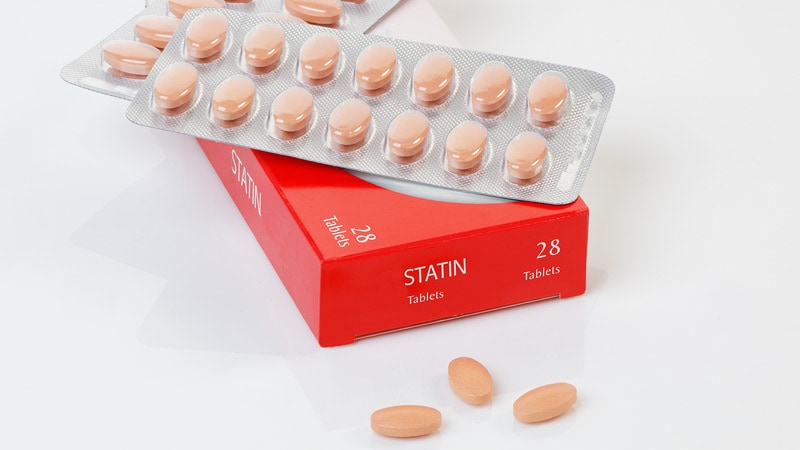Nursing staff is the largest component of the U.S. health care system. Recently, studies have shown that nursing staff may be at high risk for suicide, but there are few studies in this area. National of Suicide Squads among Nursing Teams and Examine Suicide Characteristics among Nursing Teams Compared to Physicians and the General Population.
In this retrospective study, researchers used information from 159,372 U.S. suicides reported in the National Violent Death Reporting System Between the years 2007-2018. The researchers estimated the rate of suicide incidence by sex among nursing staff, physicians and the general population (over the age of 30). The researchers calculated the relationships between the clinical type and the suicide method and post-mortem toxicology test results, and then corrected the association metrics for socio-demographic characteristics. The statistical analysis was performed between October 16, 2020 and January 10, 2021. The exposure variable was defined as employment in nursing or medicine and the results measured were the incidence of suicide and related characteristics.
The study found 2,374 suicides among staff Nursing (1,912 women (80.5%); mean age 52.8 (p. 11.8)), 857 suicides among physicians (723 men (84.4%); mean age 59.8 (p. 15.3)) and 156,141 suicides among the population Clalit (121,483 men (77.8%); mean age 53.1 (S.T. 14.7)). -100,000; Relative risk 1.18, Rabs 95% 1.03-1.36).
The researchers also found that among women, between the years 2017-2018, the incidence of suicides among nurses was 17.1 per 100,000. Compared with 8.6 per 100,000 in the general female population (relative risk 1.99; 95% CBS – 1.82-2.18). In absolute terms being a woman on a nursing staff was linked to an increase of 8.5 suicides per 100,000 (95% CBS – 7.0-10.0 Per 100,000) compared to The general population of women. In the analysis by sex, no statistically significant differences were found between the suicide rate among physicians compared with the general population, except for the difference between physicians between the years 2011-2012 (11.7 per 100,000; RB 95% – 6.6-16.8 per 100,000) and the general population (7.5 per 100,000; 95% CBS – 7.2-7.7; p=0.04).
Examining the suicide method found that clinicians were more likely to use poisoning, for example nurses used more poisoning (24.9%, 95% CBS – 23.5% -26.4%) compared to the general population (16.8%, 95% CBS – 16.6% -17.0%). In addition, the prevalence of antidepressants, benzodiazepines, barbiturates, and opioids was higher among clinicians compared to the general population. There is no difference among physicians compared to the population. Further research is needed to assess whether intervention will be associated with a decrease in the incidence of suicides among nursing staff.
Source:
Davis M. et al. JAMA Psychiatry (2021). Https://doi.org/10.1001/jamapsychiatry.2021.0154
Note: This article has been indexed to our site. We do not claim ownership or copyright of any of the content above. To see the article at original source Click Here













